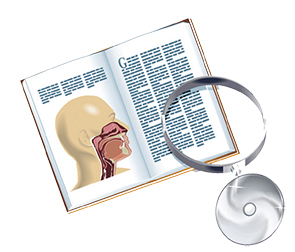 TRIO Best Practice articles are brief, structured reviews designed to provide the busy clinician with a handy outline and reference for day-to-day clinical decision making. The ENTtoday summaries below include the Background and Best Practice sections of the original article. To view the complete Laryngoscope articles free of charge, visit Laryngoscope.com.
TRIO Best Practice articles are brief, structured reviews designed to provide the busy clinician with a handy outline and reference for day-to-day clinical decision making. The ENTtoday summaries below include the Background and Best Practice sections of the original article. To view the complete Laryngoscope articles free of charge, visit Laryngoscope.com.
Explore This Issue
November 2015Background
Optimal timing for repair of the isolated orbital blowout fracture, wherein the orbital floor is fractured but the remaining orbital and facial bones are not, has been a matter of debate for decades. Recommendations over this time have ranged from immediate repair within 14 days for all fractures to observation of all fractures for six months before considering surgery. It is only within the past 10 years that attempts have been made to formulate guidelines for this injury, with definitive consensus yet to be reached.
Best Practice
Based on available literature, immediate repair should be undertaken for orbital blowout fractures where bony fragments impinge upon the optic nerve, where the bony defect is so great as to cause significant immediate asymmetry or hypoglobus, where an oculo-cardiac reflex is present, or in the case of the “white-eyed blowout” fracture in young patients. Remaining patients can be equally treated by early or delayed (within one month) repair (Laryngoscope. 2014;124:585-586).